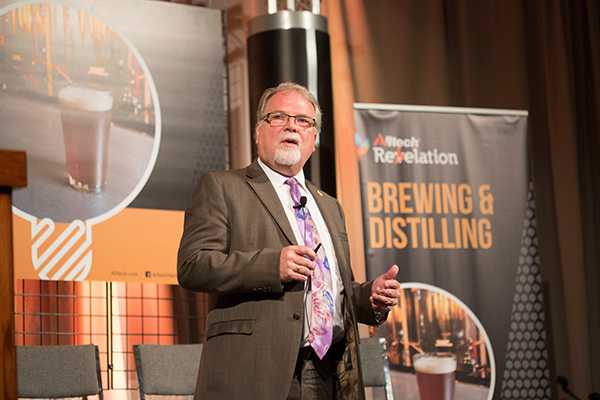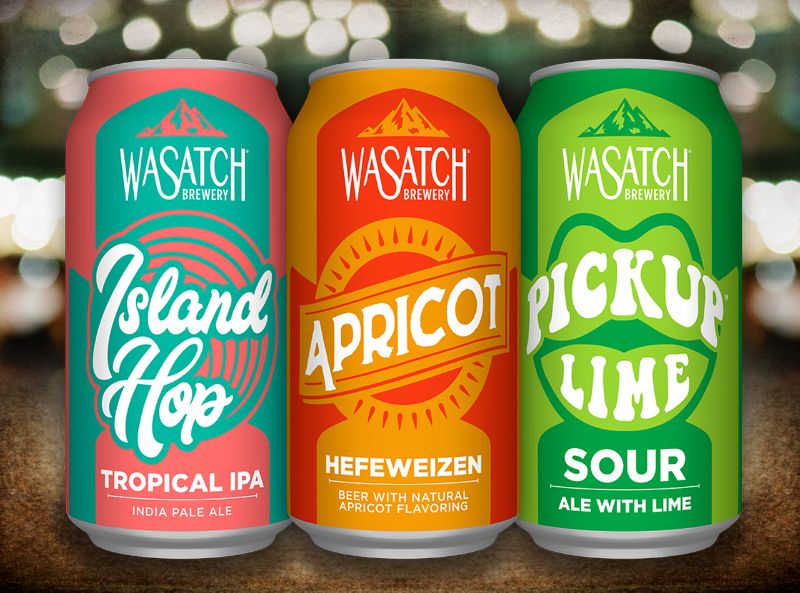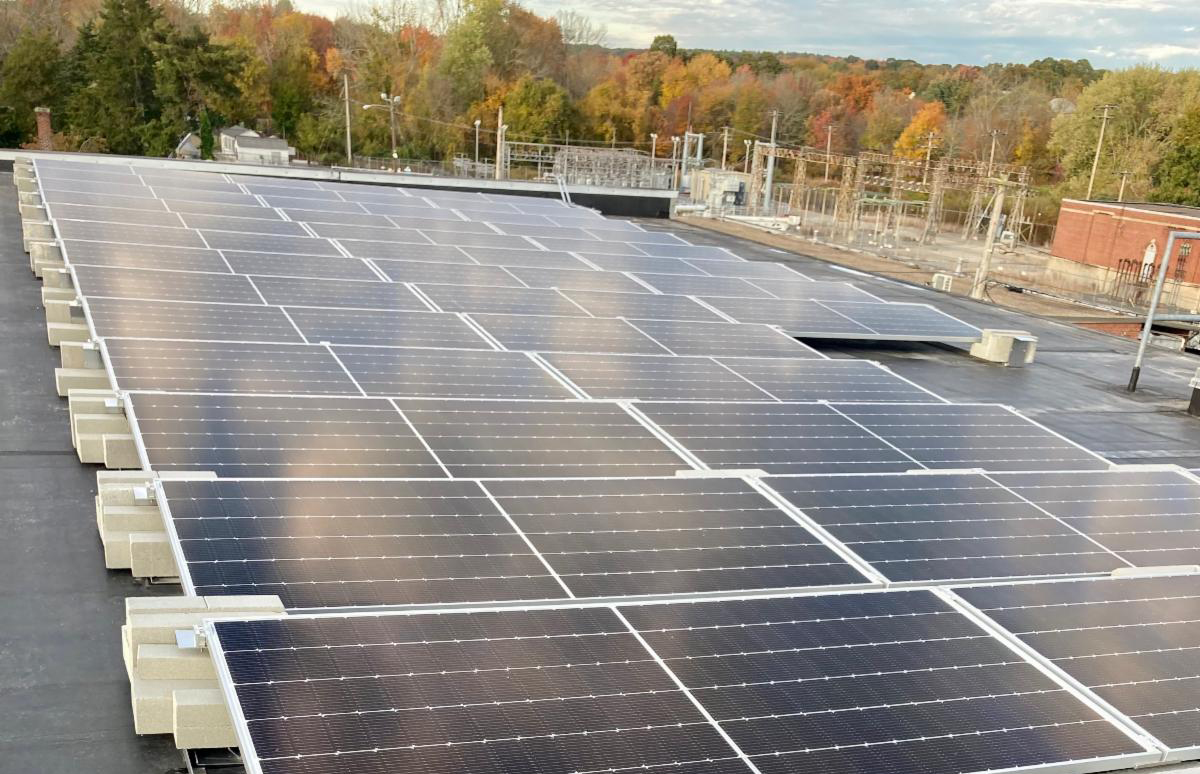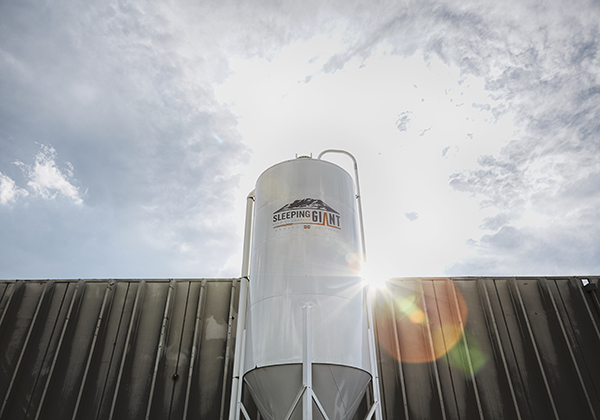
As it does with almost all brewers, the opportunity to get a taste of your creation is like seeing your newborn child for the first time. Well, maybe not that severe, but it’s well up on the podium of importance. Just imagine as you bring the beer up close to your nose to take in what you believe will be the fresh aroma of a job well done, the smell drives your head back. You ease back in just to try a sip … what you experience are the spoilages of your efforts. Your day is officially ruined by bacteria that decided to make home in your brew.
With such a relatively opportunistic struggle among brewers and bacteria, we reached out to Mark Phipps, the technical director, and a brewmaster himself, at Alltech Lexington Brewing and Distilling Company, to shed some light on bacterial spoilage and prevention measures.
BM: Why do breweries deal with bacterial spoilage issues in their beer?
MP: Brewers are dealing with it because bacteria are everywhere and it’s very easy to pick up beer spoilage bacteria just from the environment. There are a few pesty bacteria that typically infect beers and are readily available in the environment.
Interestingly, people hear the word ‘bacteria’ and it freaks them out, but it’s usually lactic acid bacteria that shows up in beer, which is what is in yogurt. This bacteria is sometimes used to purposely make sour beers. The human body functions well with these bacteria so a lot of them are good and necessary for digestion, but they don’t necessarily make good flavors in beer. The cool thing is there are no pathogens that will grow in beer, which means a bacteria that will make you sick. So beer is actually safer to drink than water because no pathogens will grow in beer, but they will grow in water.
BM: What exactly does this do to a batch of beer?
MP: Bacteria can cause a secondary fermentation in beer. The initial fermentation is designed to only be with pure culture yeast because it’s imparting certain characteristics to the beer. Bacteria can get in there and some of them can cause a secondary fermentation and the byproducts of those fermentations can affect flavor. For example, lactobacillus would give you a lactic acid taste, so it actually makes the beer more tart. Pediococcus can make the beer taste of diacetyl, which gives it a buttery flavor. Acetic acid bacteria would give you a vinegar-like taste. Those are three common spoilage bacteria.
BM: How can you detect bacterial spoilage in brewing beer?
MP: The most likely way you’re going to pick up bacteria in a beer is through an off taste or smell. Then, it can be detected with a microscope by looking at the yeast in the beer or in any beer sediment with a microscope or culture plate. It can also usually be detected by a cloudiness in the beer. If you want to get really technical, you can actually take the beer and put it in on a bacteria culture plate and grow it and see what you have.
BM: What steps can you take to prevent bacterial spoilage in brewing?
MP: The best prevention is good housekeeping. You have to make sure that you get a good boil in your brew kettle to be sure that you’re sterilizing your wort before fermentation. From that point, you try to maintain a sterile environment for everywhere you move the beer, from the cooler to the fermentation to bright beer tank, to the keg. Every time you move it, you have to be very careful to do in a sanitary way. We usually do that by cleaning all the lines and vessels with chemicals or hot water or both.
Other ways to prevent spoilage include controlling pH level of the beer as you’re making it because you can inhibit certain types of bacteria by having a certain pH level. For example, if you have an acidic brewing water, then usually many harmful bacteria will not thrive in that acidic environment.
BM: If a brewer believes in non-filtered beer, what should they do to prevent bacterial spoilage?
MP: It’s kind of all of the above, but then you also have to be careful to not create an environment where you would get a secondary fermentation. So the best way is to keep the beer cold. Beer that’s kept cold has a much longer shelf life than beer that’s kept at room temp, and that has a longer shelf life than beer that’s kept warm. At 40 degrees or lower, the beer can be good for up to year. With unfiltered beer, you can’t guarantee you won’t get a second fermentation but you can avoid them by keeping the beer cold, because most beer spoilage bacteria are hindered by low temperatures.
Photo: Mark Phipps, the technical director of Alltech Lexington & Distilling Company at the Alltech REBELation Brewing and Distilling Session.




Be the first to comment